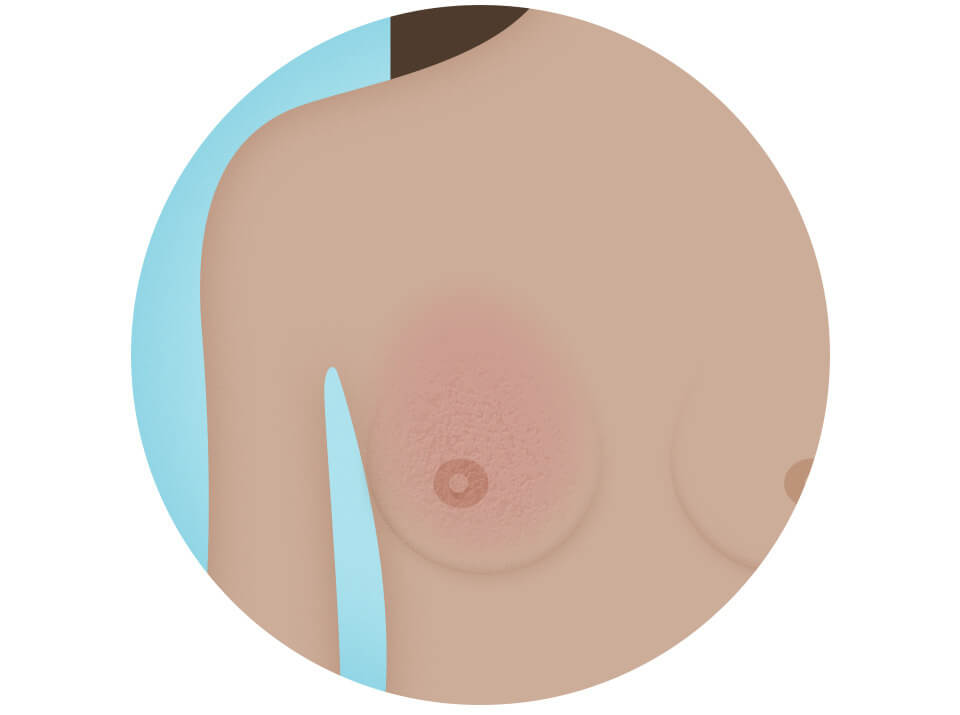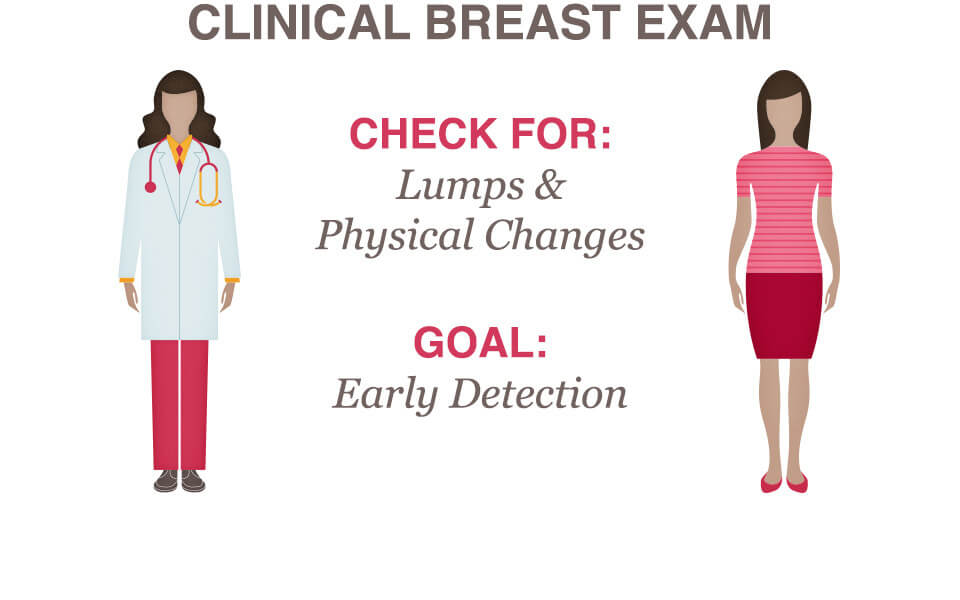Plan Your Visit
Hours
Mon–Thur: 8am – 7pm
Friday: 8am – 5pm
Saturday: 8am – 12pm
Sunday: Closed
Teléfono
After-Hours Immediate Care: (316) 261-8825
Fax
Clinical Fax: (866) 514-0974
Dental Fax: (888) 662-7106
Oct 01, 2020
October is Breast Cancer Awareness Month, an annual campaign to increase awareness of the disease. 1 in 8 women will be diagnosed with breast cancer in her lifetime.
A woman’s risk of cancer increases as she ages. Breast cancer is the second most common type of cancer among women in Kansas. More than 75% of breast and cervical cancers occur in women over age 50. Regular screening and prompt diagnosis can reduce illness and death from breast or cervical cancer.
Yes, a discussion with your medical provider about breast cancer screening is highly recommended, especially if you have a family history of breast cancer. In some instances, blood tests can evaluate cancer risks if a significant family history exists.
Being proactive is the best approach. We strongly recommend mammograms every 1-2 years for patients ages 40-75. As well, if you notice a lump or changes in your breast, you should schedule a clinical breast exam as soon as possible.

Effective February 1, 2020 the Early Detection Works program at the Kansas Department of Health & Environment will enroll Kansas women at average risk who…

Services that the Early Detection Works program may offer qualified women include:
Enrollment take 5-10 minutes and once enrolled, lasts 6 months. To enroll or learn more, call Early Detection Works at 1-877-277-1368.

Every person should know the symptoms and signs of breast cancer, and any time an abnormality is discovered, it should be investigated by a healthcare professional.
Look for a change in how the breast or nipple looks or feels. A few things to pay attention to are…

Is there a change in the breast or nipple appearance? These include…

Any Nipple Discharge—Particularly Clear Discharge Or Bloody Discharge?
It is also important to note that a milky discharge that is present when a woman is not breastfeeding should be checked by her doctor, although it is not linked with breast cancer.
Let your doctor know about any nipple discharge, clear, bloody or milky. The most concerning discharges are bloody or clear.

To learn more about the signs & symptoms of Breast Cancer, visit The National Breast Cancer Foundation.
A clinical breast exam is performed by a healthcare professional who is trained to recognize many different types of abnormalities and warning signs. This in-office exam is completed by your healthcare provider.
During a clinical breast exam, your healthcare provider checks your breasts’ appearance. You may be asked to raise your arms over your head, let them hang by your sides, or press your hands against your hips. These postures allow your healthcare provider to look for differences in size or shape between your breasts. The skin covering your breasts is checked for any rash, dimpling, or other abnormal signs. Your nipples may be checked to see if fluid is expressed when lightly squeezed.

Using the pads of the fingers, your healthcare provider checks your entire breast, underarm, and collarbone area for any lumps or abnormalities. A suspicious lump –the type your physician is checking for– is generally about the size of a pea before anyone can feel it in the breast tissue. The manual exam is done on one side and then the other. Your healthcare provider will also check the lymph nodes near the breast to see if they are enlarged.
If a lump is discovered, your healthcare provider will note its size, shape, and texture. He or she will also check to see if the lump moves easily. Benign lumps often feel different from cancerous ones, but any lump found will likely need to be examined with further diagnostic measures.
It may be helpful to know that lumps that appear soft, smooth, round, and movable are likely to be either benign tumors or cysts. A lump that is hard and oddly-shaped and feels firmly attached within the breast is more likely to be cancer, but further tests are needed to diagnose the problem.
Clinical Breast exams are an important part of early detection. Although most lumps are discovered through breast self-exams, an experienced professional may notice a suspicious place that fails to register as a warning in the patient’s mind.
Mon–Thur: 8am – 7pm
Friday: 8am – 5pm
Saturday: 8am – 12pm
Sunday: Closed
After-Hours Immediate Care: (316) 261-8825
Clinical Fax: (866) 514-0974
Dental Fax: (888) 662-7106
Much of the information and images in this article are from the National Breast Cancer Awareness Foundation.
